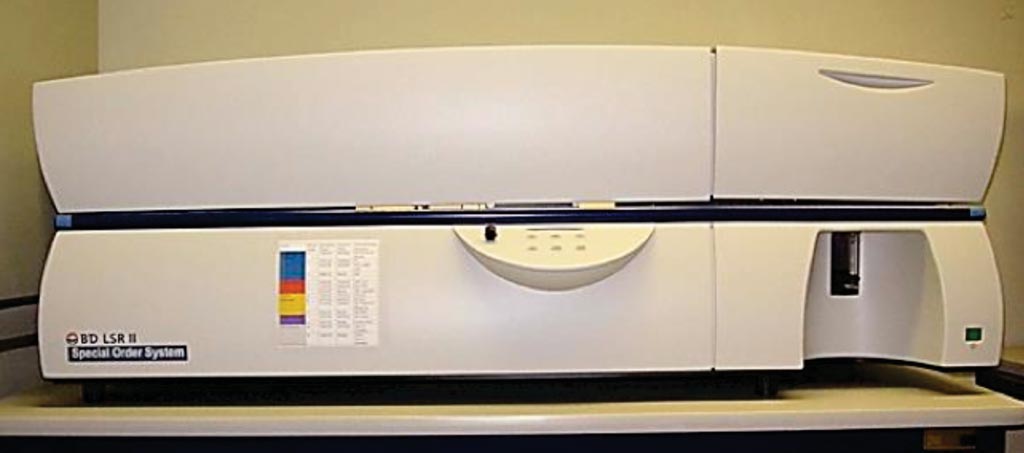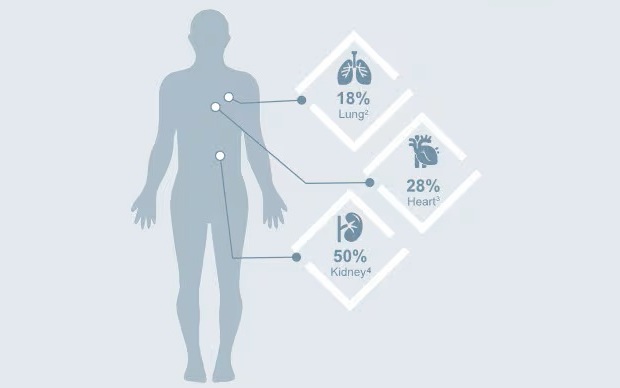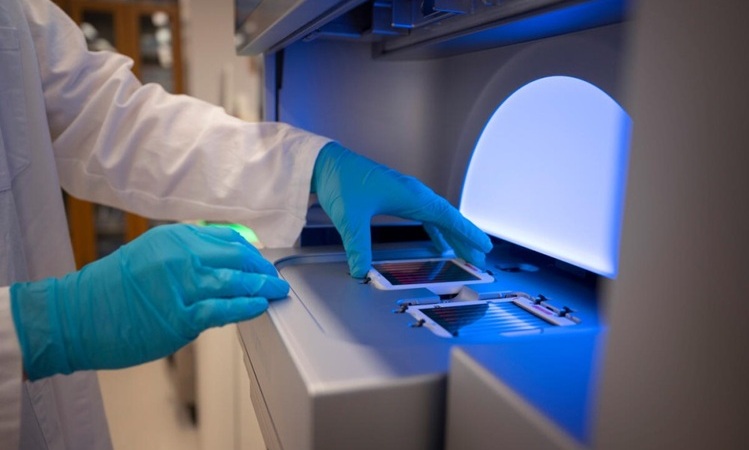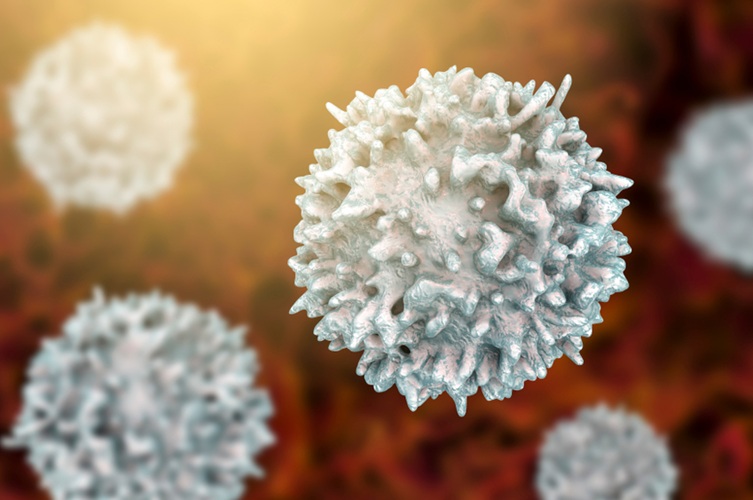CSF B Cells Characterized in Virus-Associated Diseases
By LabMedica International staff writers
Posted on 15 May 2018
Regulation of the local immune response is crucial in protecting the central nervous system (CNS) from viral infection and immunopathologically mediated tissue damage.Posted on 15 May 2018
Intrathecal antibody synthesis is a well-documented phenomenon in infectious neurological diseases as well as in demyelinating diseases, but little is known about the role of B cells in the central nervous systems.

Image: The LSR II flow cytometer (Photo courtesy of BD Bioscience/Albert Einstein College of Medicine).
Scientists at the US National Institute of Neurological Disorders and Stroke (Bethesda, MD, USA) and their colleagues examined B cell and T cell immunophenotypes in cerebral spinal fluid (CSF) of patients with Human T cell lymphotropic virus 1 (HTLV)-associated myelopathy/tropical spastic paraparesis (HAM/TSP) compared to healthy normal donors and subjects with the other chronic virus infection and/or neuroinflammatory diseases including human immunodeficiency virus (HIV) infection, multiple sclerosis (MS) and progressive multifocal leukoencephalopathy.
A total of 71 HAM/TSP patients and 12 HTLV-1-positive asymptomatic carriers (ACs) were evaluated according to established criteria. Luciferase Immunoprecipitation Systems (LIPS) assay were performed on serum, CSF samples or B cell culture supernatants. For analysis of peripheral blood lymphocyte and CSF lymphocyte populations, EDTA-treated whole blood or CSF cells were stained for a multiplicity of immunological antigens. All flow cytometric analysis was performed using a LSR II flow cytometer. HTLV-1 pro-viral load (PVL) was measured using droplet digital PCR. Interleukin-21 (IL-21) was detected in serum and CSF samples of HAM/TSP patients and ACs using Human Legend Max Human IL-21 ELISA kit.
The investigators found that antibody secreting B cells (ASCs) were elevated in HAM/TSP patients, which were significantly correlated with intrathecal HTLV-1-specific antibody responses. High frequency of ASCs was also detected in patients with relapsing-remitting multiple sclerosis (RRMS). While RRMS patients showed significant correlations between ASCs and memory follicular helper CD4+ T cells, CD4+CD25+ T cells were elevated in HAM/TSP patients, which were significantly correlated with ASCs and HTLV-1 proviral load.
The authors concluded that their results highlight the importance of the B cell compartment and the associated inflammatory milieu in HAM/TSP patients where virus-specific antibody production may be required to control viral persistence and/or may be associated with disease development. The study was published on April 30, 2018, in the journal PLoS Pathogens.
Related Links:
US National Institute of Neurological Disorders and Stroke













